As companies and individuals are constantly upgrading their IT equipment, the need to properly dispose of or reuse...
Latest posts
-
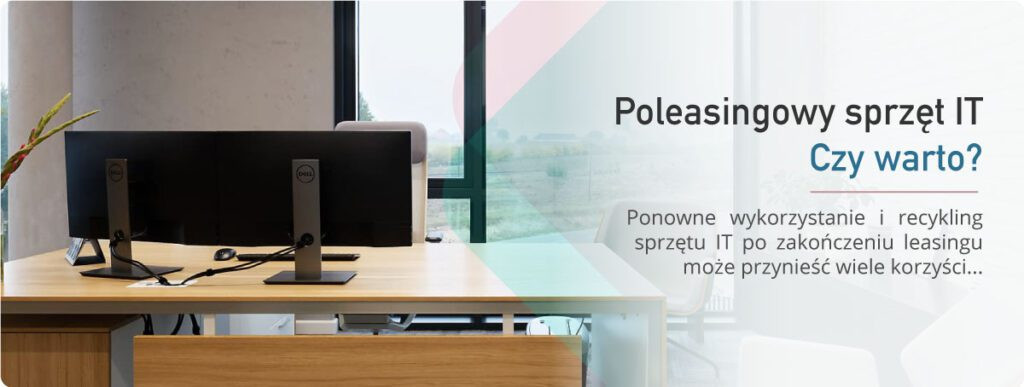 Post-lease IT equipment - Is it worth it?Read more
Post-lease IT equipment - Is it worth it?Read more -
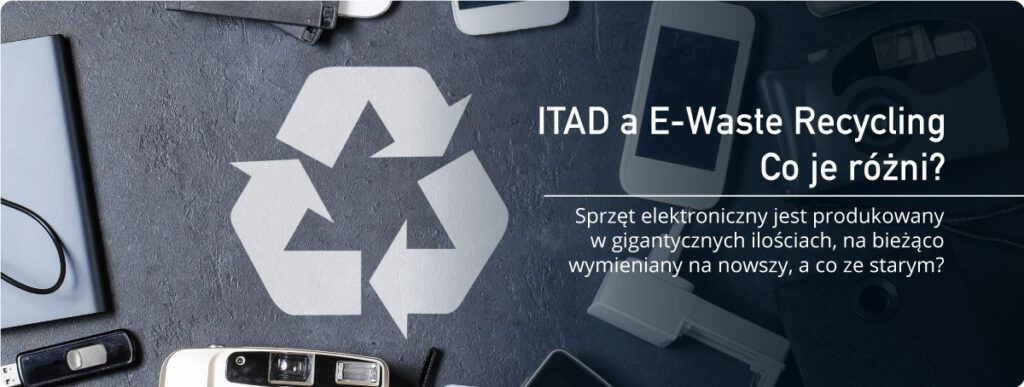 ITAD and E-Waste Recycling, What are the differences?05/15/2024Read more
ITAD and E-Waste Recycling, What are the differences?05/15/2024Read moreElectronic devices, for example smartphones, laptops, televisions, household appliances, are an integral part of our...
-
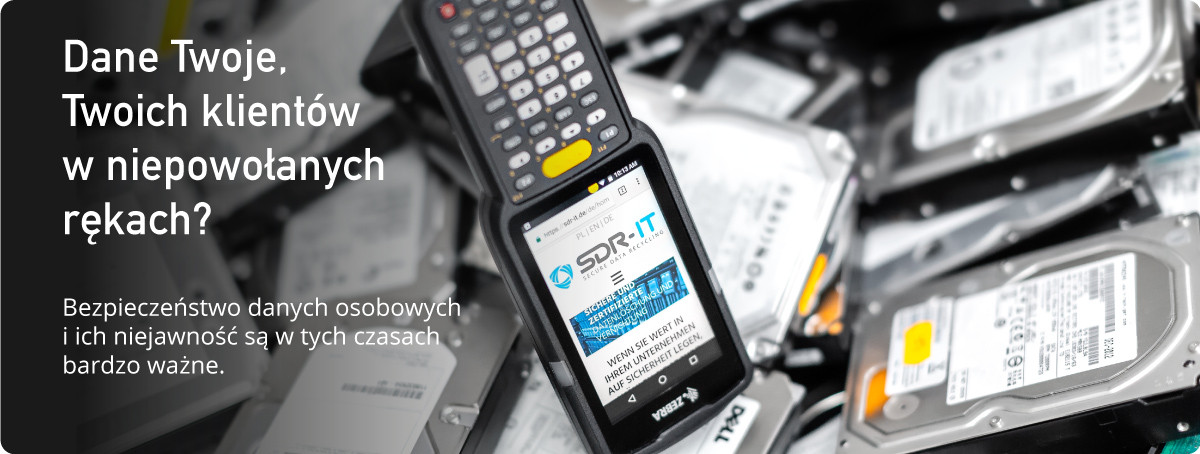 Your data, your customers data in the wrong hands?05/15/2024Read more
Your data, your customers data in the wrong hands?05/15/2024Read moreThe security of personal data and its confidentiality are very important in these times. While most companies are...
-
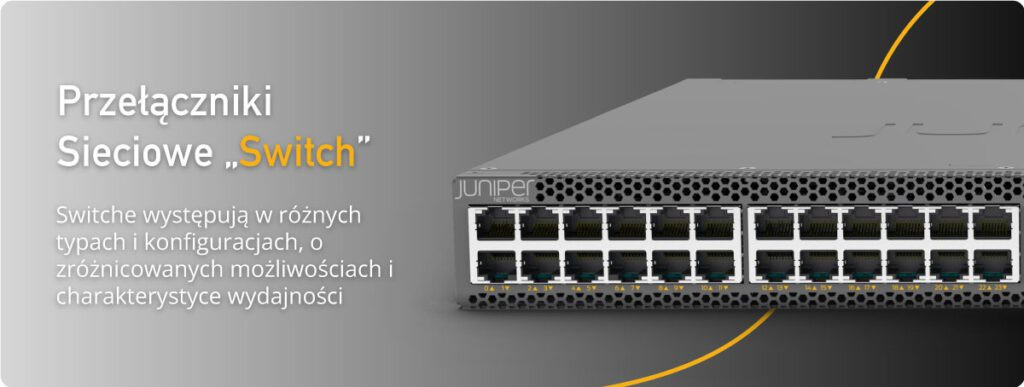 Network switches - What you should know05/15/2024Read more
Network switches - What you should know05/15/2024Read moreSwitches are an essential part of computer networks, providing a way of connecting devices together to allow...
-
 What is Cybersecurity?05/15/2024Read more
What is Cybersecurity?05/15/2024Read moreThe rapid pace of technological progress has brought unprecedented opportunities for innovation, communication and...
-
 Artificial intelligence - Significant help or threat?05/15/2024Read more
Artificial intelligence - Significant help or threat?05/15/2024Read moreArtificial Intelligence (AI) is a rapidly developing technology that is changing the way we live and work. From...
-
 What is Edge Computing?05/15/2024Read more
What is Edge Computing?05/15/2024Read moreThe development of edge computing technology has revolutionized the way we think about data processing and storage....
-
 HPE FRONTIER - The world's most powerful supercomputer05/15/2024Read more
HPE FRONTIER - The world's most powerful supercomputer05/15/2024Read moreThe Hewlett Packard Enterprise (HPE) Frontier supercomputer is one of the most powerful supercomputers in the world....
-
 NVIDIA H100 - Revolutionary graphics accelerator for high-performance computing05/15/2024Read more
NVIDIA H100 - Revolutionary graphics accelerator for high-performance computing05/15/2024Read moreNVIDIA, a leading graphics processing unit (GPU) manufacturer, has unveiled the NVIDIA h100, a revolutionary GPU gas...
-
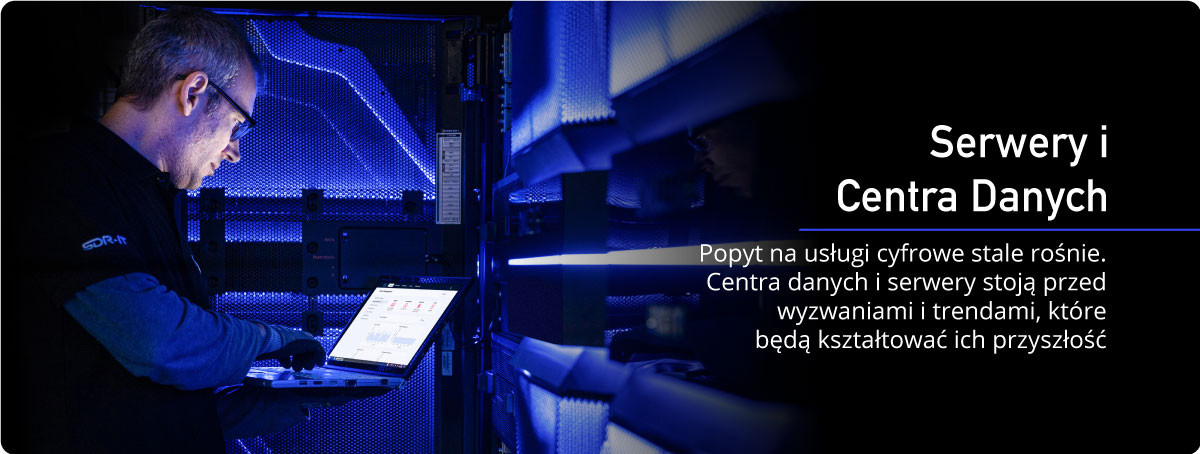 Servers and Data Centers05/15/2024Read more
Servers and Data Centers05/15/2024Read moreData centers and servers are the backbone of today's digital world. They store, process and transmit huge amounts of...
Search in blog
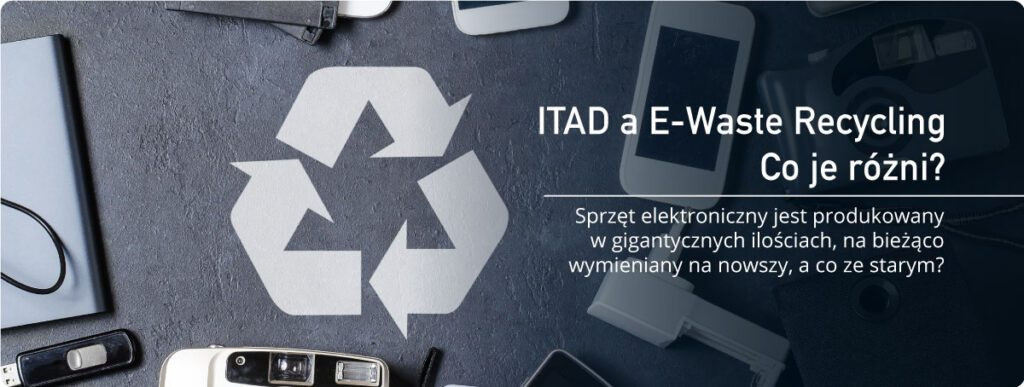
ITAD and E-Waste Recycling, What are the differences?
Electronic devices, for example smartphones, laptops, televisions, household appliances, are an integral part of our daily lives. However, the constant upgrading and discarding of these devices creates electronic waste, which can harm the environment and people's health. The solution to this problem is electro-recycling, which provides a safe way to recycle electronic devices.However, electronics recycling and IT asset disposal (ITAD) are two terms that are often used interchangeably, but are actually two separate processes. Although both involve the proper disposal of electronic equipment, they have different goals and methods. In this article, we will discuss the differences between electronics recycling and ITAD.
Electronics recycling
Electronics recycling is the process of collecting, disassembling and separating various components of electronic devices to recover valuable materials such as copper, aluminum and precious metals. Recycling helps reduce the amount of electronic waste that ends up in landfills, conserves natural resources and reduces the environmental impact of manufacturing new electronic devices.
IT Asset Disposal (ITAD)
This is a more comprehensive process that includes proper management of all aspects of decommissioned IT assets. This includes data sanitization, secure storage, remarketing and environmentally friendly disposal. ITAD's goal is to maximize the value of decommissioned IT assets while minimizing risks related to data security, compliance and environmental impact.
Data Erasure
One of the key differences between electronics recycling and ITAD is the emphasis on data security. In ITAD, data sanitization is a critical part of the process. It involves securely removing or destroying data from decommissioned IT assets to ensure that sensitive information does not fall into the wrong hands. Data sanitization must be carried out in accordance with industry standards and regulations to ensure compliance.
Refurbishing & remarketing
This process involves assessing the condition and value of decommissioned IT equipment that may need to be repaired or data deleted before being sold. ITAD providers can resell the equipment through online marketplaces or buy-back programs. Remarketing benefits businesses by recovering value and providing affordable options for individuals and small businesses. It also benefits the environment by reducing electronic waste and conserving resources.
Differences between electronics recycling and ITAD
Although electronics recycling and ITAD share the common goal of reducing electronic waste, there are some key differences between the two practices. Electronics recycling focuses on recovering valuable materials from devices, while ITAD deals with the safe disposal of decommissioned IT equipment. ITAD service providers must adhere to strict data security standards and ensure that all data is safely removed before disposal or resale.
Benefits of electronics recycling and ITAD
Electronics recycling and ITAD offer a number of benefits, including environmental and economic advantages. Electronics recycling reduces waste in landfills and conserves natural resources. It also creates employment opportunities in the recycling industry. ITAD provides companies with a safe and cost-effective way to dispose of decommissioned IT equipment while ensuring that sensitive data is safely disposed of. ITAD also allows companies to recover some of the value of decommissioned IT equipment through resale or donation.
Summary
Electronics recycling and ITAD are two important practices that help reduce electronic waste and promote a more sustainable future. While electronics recycling focuses on recovering valuable materials from electronic devices, ITAD deals with the safe disposal of recalled IT equipment. By partnering with reputable electronics recyclers and ITAD, such as SDR-IT along with strategic partner COMPAN-IT, individuals and companies can be assured that their electronic waste is properly managed and disposed of in a safe and environmentally friendly manner.
Related posts
-
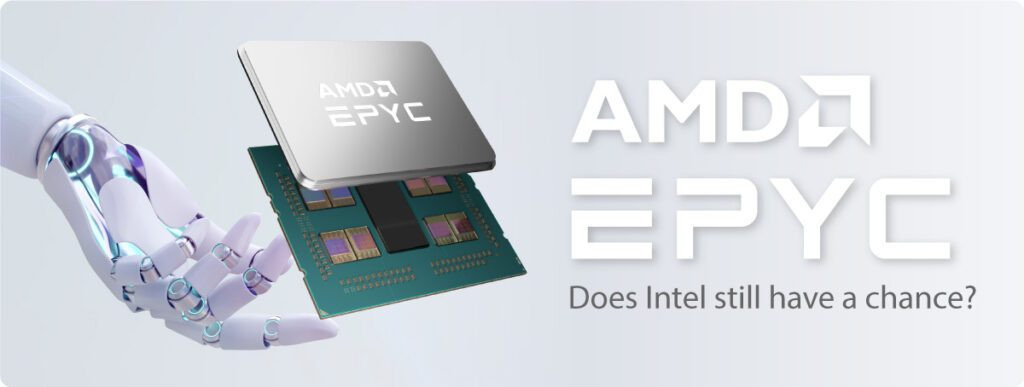 AMD EPYC - Does Intel still have a chance?
Posted in: Default category05/15/2024The AMD EPYC 7643 from the Milan family was noticed in the Geekbench benchmark database.Read more
AMD EPYC - Does Intel still have a chance?
Posted in: Default category05/15/2024The AMD EPYC 7643 from the Milan family was noticed in the Geekbench benchmark database.Read more -
 Used mining GPU. Avoid like the fire?
Posted in: Default category05/15/2024Usually, you may want to avoid graphics cards that have been used around the clock to mine cryptocurrency.Read more
Used mining GPU. Avoid like the fire?
Posted in: Default category05/15/2024Usually, you may want to avoid graphics cards that have been used around the clock to mine cryptocurrency.Read more -
 Programmable computer networks. Evolution of data transfer.
Posted in: Default category05/15/2024Computer hardware is increasingly being factory-equipped with high-speed 2.5G, 5G and even 10G network cards and...Read more
Programmable computer networks. Evolution of data transfer.
Posted in: Default category05/15/2024Computer hardware is increasingly being factory-equipped with high-speed 2.5G, 5G and even 10G network cards and...Read more -
 Artificial intelligence in cloud computing
Posted in: Default category05/15/2024Artificial Intelligence has become one of the hottest topics in the IT world in the last few years.Read more
Artificial intelligence in cloud computing
Posted in: Default category05/15/2024Artificial Intelligence has become one of the hottest topics in the IT world in the last few years.Read more -
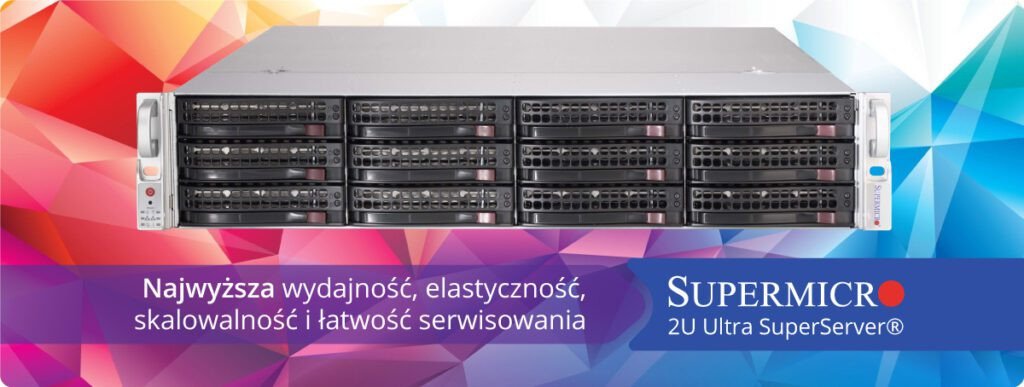 Supermicro Ultra SuperServer
Posted in: Default category05/15/2024Supermicro Ultra SuperServer® is Supermicro's 11th-generation, high-performance general-purpose server. Ultra is...Read more
Supermicro Ultra SuperServer
Posted in: Default category05/15/2024Supermicro Ultra SuperServer® is Supermicro's 11th-generation, high-performance general-purpose server. Ultra is...Read more
